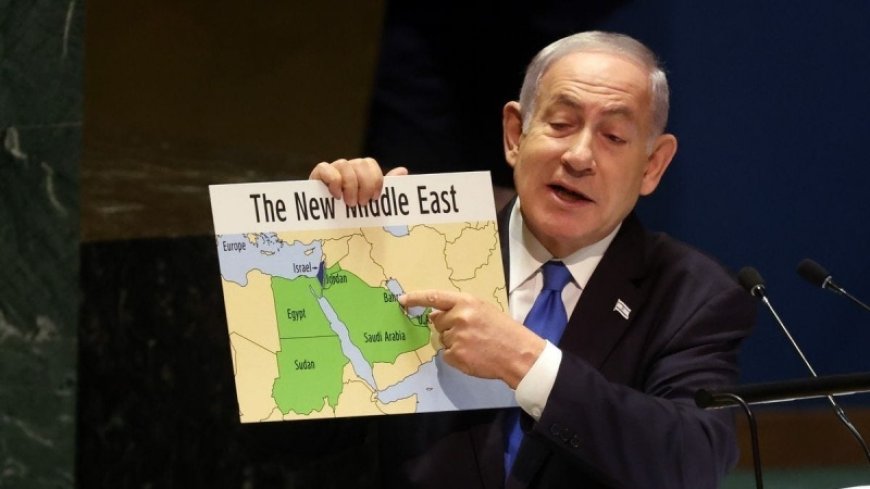Israeli Media Scenarios Regarding the Martyrdom of the Ayatollah Leader
The martyrdom of the Iranian president has sparked a wave of national unity in Iran, but as with many such events, Israeli media and psychological operations have quickly attempted to sow discord

The martyrdom of the Iranian president has sparked a wave of national unity in Iran, but as with many such events, Israeli media and psychological operations have quickly attempted to sow discord. Here are six scenarios propagated by Israeli media:
1. **Feigning Power and Involvement**
Despite not officially acknowledging involvement, some anonymous social media accounts, likely orchestrated by Israeli psychological operations, have tried to suggest Israel's role in the incident. This tactic aims to showcase Israeli power and influence, even without substantiated evidence.
2. **Fostering Internal Disputes**
The initial unity brought by the martyrdom has been targeted by Israeli propaganda, which aims to create internal conflict. Posing as Iranian voices, these efforts focus on fueling slander and division among different factions within Iran, often through unidentified social media accounts.
3. **Disrupting Relations with Neighbors**
Iran's improved relations with its neighbors, such as Azerbaijan, have been a significant achievement under the Ayatollah Leader's government. However, since the martyrdom, Israeli media have sought to undermine these relations by spreading baseless claims and rumors, attempting to damage Iran's diplomatic successes.
4. **Sowing Fear through False Assassination Claims**
A recurring tactic involves spreading false assassination news to create fear and uncertainty. For instance, a Twitter account allegedly linked to Mossad falsely claimed that Brigadier General Ahmedreza Radan had been assassinated. Such rumors aim to disrupt societal peace through misinformation.
5. **Portraying Chaos Amid Unity**
Despite Iran's historical resilience in the face of such crises, Israeli media have pushed a narrative of an unsolvable crisis following the martyrdom. They draw parallels with past significant losses, like those of Ayatollah Shahid Beheshti and leaders Rajai and Bahoner, to suggest Iran is now facing an unprecedented challenge.
6. **Promoting Instability Over Democratic Processes**
The Iranian constitution clearly outlines the democratic process for electing a new president. However, Israeli scenarios focus on replacing this order with chaos and instability. Some Iranian opposition groups have echoed this sentiment, issuing strong messages that challenge the established democratic processes.
These scenarios reflect a concerted effort by Israeli media and associated psychological operations to destabilize Iran and undermine its national unity and political processes in the wake of the martyrdom of the Ayatollah Leader.













































